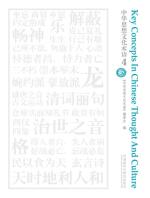中华思想文化术语
The term refers to a Daoist way of breaking away from the difference and opposition between one's self and the universe. It comes from the book Zhuangzi , which elaborates its meaning in a dialogue between Confucius and Yan Hui. In Zhuangzi's view, status and etiquette norms in the human world caused divisions and antagonisms and hence created constraints on people. One should forget status and norms and furthermore forget one's own physical existence and intellect to cast off the differences between one's self and the universe and thus be free from the constraints and influence of external factors.



 京公网安备 11010802032529号
京公网安备 11010802032529号